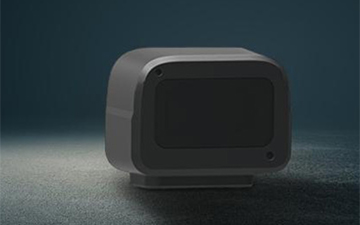Long Distance Series Product Model

2025-03-07
We recognize that in today’s fast-paced and technology-driven world, the integrity and functionality of our solutions directly impact user trust and operational success. To this end, we continually strive to innovate and refine our technology, ensuring that it meets the highest standards of excellence.

The Importance of Field of View in LiDAR Systems
Field of view is a crucial parameter in LiDAR technology, determining the area that the sensor can effectively scan at any given moment. A wider field of view allows for capturing more data points and provides a richer understanding of the environment surrounding a vehicle. This is especially vital in vehicle safety technology, where detecting obstacles, pedestrians, and other vehicles is essential for safe navigation. By optimizing the field of view, we can enhance the performance of our LiDAR systems, enabling them to deliver more precise and reliable data for decision-making processes in real-time.
Impact of FOV on Data Quality
The relationship between field of view and data quality cannot be overstated. When the field of view is too narrow, critical information may be missed, leading to potential safety hazards. For example, an autonomous vehicle equipped with a LiDAR system that has a limited FOV might fail to detect a rapidly approaching obstacle from the side, compromising vehicle safety technology. On the other hand, a broader FOV ensures greater situational awareness, allowing our sensors to capture details from various angles and distances. At Benewake, we continuously strive to improve our sensor designs to maximize FOV, thereby enhancing the overall quality of the LiDAR data produced.
Achieving Optimal FOV for Enhanced Safety
To achieve optimal field of view in vehicle safety technology, several factors must be considered, including sensor placement, environment, and design specifications. We focus on creating LiDAR systems with adjustable fields of view, allowing users to customize their settings according to specific operational needs. By analyzing the application context—whether it is urban driving, highway travel, or off-road usage—our engineers can help ensure that the FOV is aligned to capture critical data effectively. This adaptability is essential for maintaining high standards of safety across various scenarios, ultimately improving the reliability of our vehicle safety technology.
Conclusion
Embracing these innovations will empower industries to leverage the full potential of LiDAR technology, ultimately enhancing safety for all road users. Whether it’s in passenger vehicles, commercial fleets, or public transportation systems, the implementation of optimized LiDAR sensors can lead to significant reductions in accidents, improved traffic management, and enhanced overall mobility.